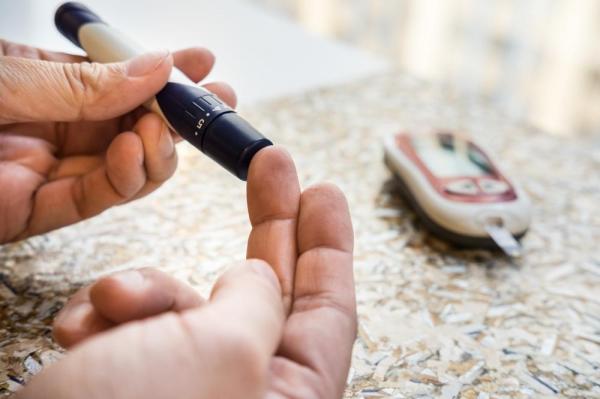
For many years, the number of type 2 diabetes cases skyrocketed, but researchers say new diagnoses have stabilized in recent years — suggesting more people are living longer with the disease.
Researchers in Scotland suggest part of the reason the number of people with the condition continues to increase has to do with survival.
An analysis of medical statistics suggests improvements in screening and diagnosis played a large role in the increase of diagnoses during the early 2000s.
The evaluation may be apt, as type 2 diabetes rates in the United States increased relatively continuously for about a decade, but part of the increase was credited to 1 in 4 diabetes patients not knowing they had the condition, according to the U.S. Centers for Disease Prevention and Control.
For the study, published in the journal Diabetologia, researchers analyzed data from the Scottish diabetes register, as well as data on population size and death data from the National Records of Scotland.
The researchers found 180,290 cases of type 2 diabetes in Scotland between 2004 and 2013, with incidence appearing relatively stable at 4.88 cases per 1000 men and 3.33 cases per 1000 women. Mortality rates linked to diabetes also remained stable during the 10-year period, at 1.38 in men and 1.49 in women.
During the time, incidence among young men increased, though rates were stable among young women and went down in older men and women, the researchers report. This, they say, is concerning, especially among those of lower socioeconomic status.
“Our study highlights major inequalities in type 2 diabetes cases by age, gender and socioeconomic status,” Stephanie Reed, a researcher at the Center for Population Health Sciences at the University of Edinburgh, in a press release. “Tackling these inequalities will be crucial for improving treatment and management of the condition.”
[Source:- UPI]



